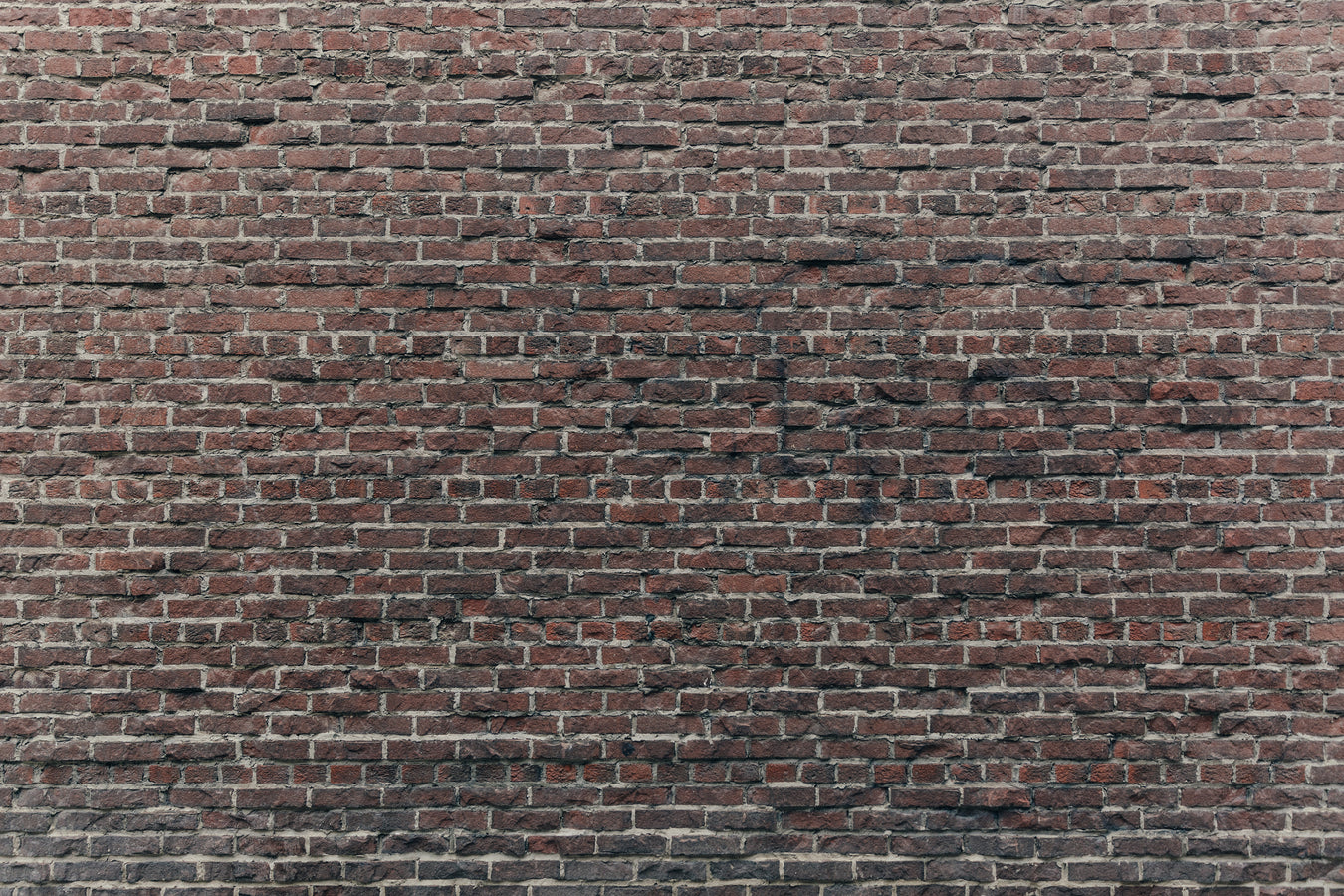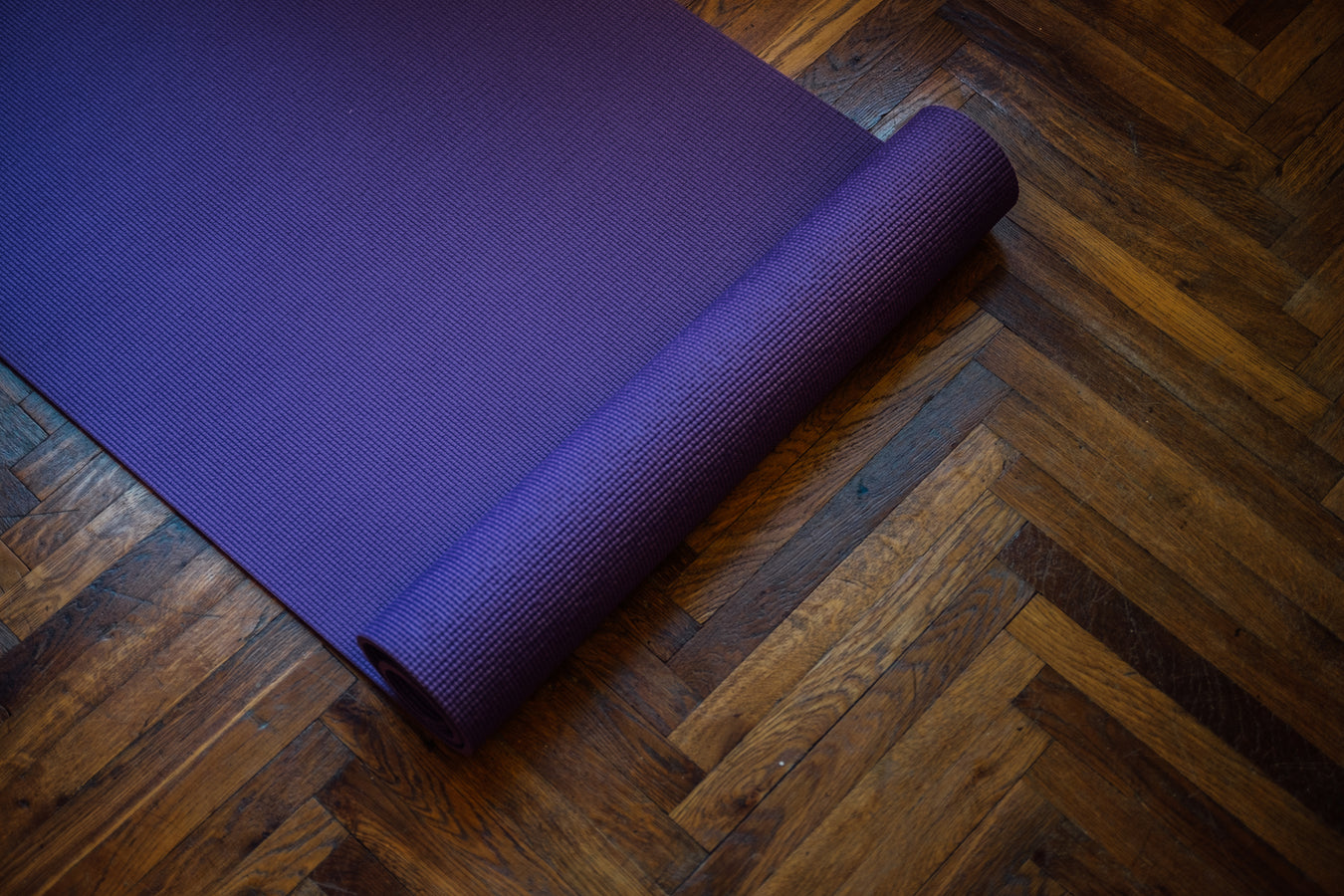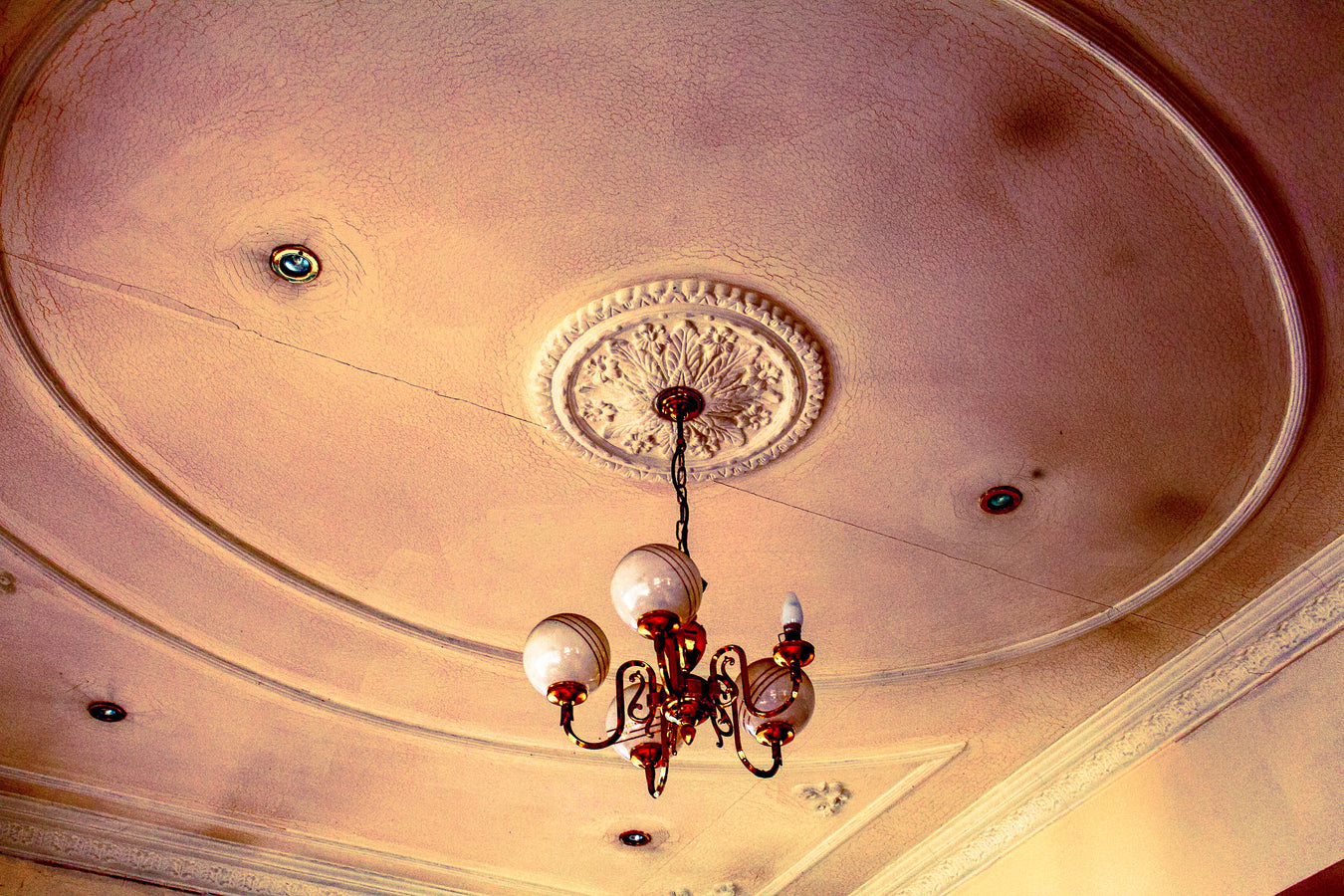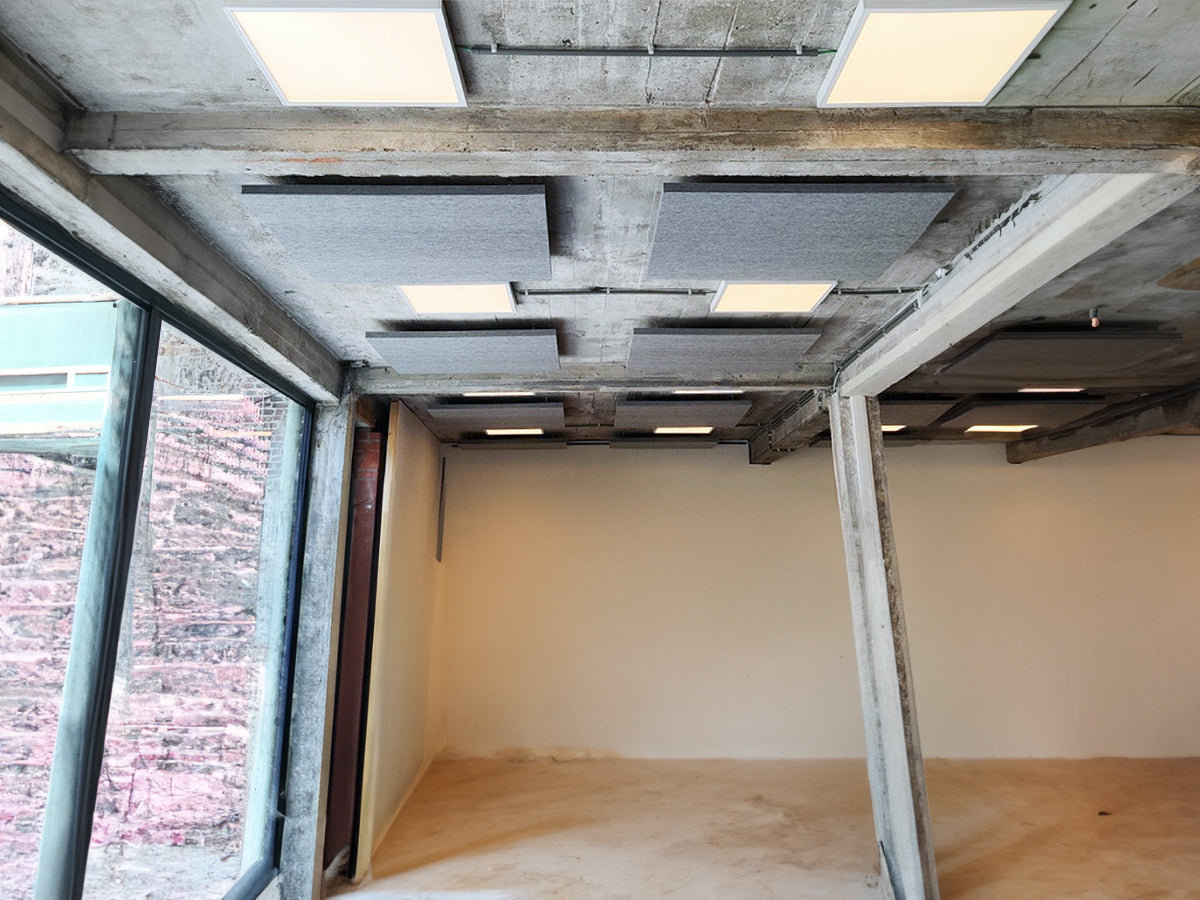What is the Science behind Soundproofing?
Noise is transferred to us in the form of sound waves. Each sound wave will have a particular frequency or pitch. A typical noise might have lots of sound waves of differing frequencies, ranging from low frequency, such as deep bass music or a man’s voice, all the way up to much higher frequencies such as a crying baby, and all the other frequencies in between. Each of these frequencies has its own set of sound waves that are passing through your wall (or ceiling, or floor).
Believe it or not, the existing wall you have is acting as a soundproofing material in some capacity. But, for various reasons it might not be doing a great job. The goal when trying to soundproof a wall is to add acoustic materials which will combat, as best we can, the whole range of frequencies of sound that are coming through the wall.
This is best achieved by utilising several different products that are constructed in different way and aimed at combatting different parts of the frequency spectrum.
Why is some sound easier to hear than others?
We need to distinguish between the loudness of the noise and the frequency/pitch of the noise. In general, as sounds of the same volume pass though a wall, the low bass frequencies will penetrate the wall more easily than the high frequencies. Low frequency sounds lose less energy as they pass through a solid object. This is for two reasons; their longer wavelength, and the fact that low frequency sounds create resonance/vibration in walls and this helps propagate the passage of sound.
We have found that the problem with a standard brick wall is that it vibrates at a certain frequency allowing certain frequencies to penetrate more easily (normally bass/low frequency). As such it is important to choose acoustic wall treatment materials that aim to tackle this resonance problem head on.
Airborne sound versus impact sound
There is is a difference between the types of noise that are measured and produced. They fall into two categories and its very important to understand the difference between the two. The first is “airborne sound” and the second “impact sound”:
Airborne sound
This is the sound that you hear in a house which is generated by things like a television, talking, music, and computer gaming.
Impact sound
This is the sound generated by impact energy causing a surface, typically a ceiling, but also walls and floors, to vibrate. It can be cause by a footstep, a chair scraping across a floor or somebody knocking on a door. This kind of sound tends to be much lower frequency and hence tougher to eliminate.
Frequencies and wavelengths. Why some sound is harder to combat than others?
Each frequency has a different wavelength. The deeper the sound you are hearing the longer the wavelength. The noises from neighbours that people hear are invariably lower frequencies, and they transmit though walls, floors and ceilings with greater success. They lose significantly less energy when travelling through the solid object than higher frequencies. The residual energy remaining once the wave has passed through the wall is the energy that vibrate our ear drums and cause us to hear.
For the best effect, when we disrupt the passage of sound we want to disrupt right across the whole frequency spectrum especially those low frequency sounds. When tackling low-frequency sound there are two best practices:
Firstly, increase the thickness of the wall. However, bare in mind that very low frequency sound can have a wavelength of 5 metres or more. Whilst making walls thicker will improve things more from a low frequency perspective, it isn't the most effective solution for most people;
Alternatively, apply a soundproofing solution that will focus on the introduction of many different specialist materials that will act to break up the resonance in walls and effectively absorb the sound as it passes through the wall.
So the takeaways here are yes make your wall thicker but also soundproof smarter:
"Thicker"
The highest performing soundproofing solutions will tend to make the wall thicker. Often increasing the soundproofing barrier by 50 to 100%. Whilst they provide the best performance over all, these independent soundproof stud walls are not always the most practical solution from a space loss perspective, especially in smaller urban accommodation where every inch of living space is highly valued.
"Smarter"
What do we mean by smarter? The materials we want to use have to try and fulfil a few key roles in a very limited space. The materials must combine: Mass, Resilience, and Absorption:
Mass
The most well-known law of soundproofing is the Mass Law. This states that by doubling the weight of the acoustic barrier you will gain roughly a 6dB improvement in sound reduction. In other words, if you doubled the size of your brick wall separation you would get around a 30-40% improvement in soundproofing. This is why gluing a couple of layers soundproofing plasterboard direct to a wall does not work. In addition, this has not addressed the problem of the resonance in a brick wall.
Resilience
To enhance the effect further, we have to add the mass discussed above in a much smarter way. The solution is to make it flexible so that when the sound waves hit the material, the product vibrates and absorbs significantly more passing energy. The traditional method of creating resilience was using "resilient bars". These are corrugated steel bars onto which heavy plasterboard is mounted. Whilst this solution provides sound protection, and is still used today, it was quite quickly found that rubber mounted bars do a better job as rubber dissipates vibration much better than steel. The result is a number of "clip" systems - the foremost of which is the GenieClip system.
It should be noted that good acoustic membranes, such as Tecsound, can act in this way as well, providing a level of resilience to the solution.
Absorption
Absorption of energy is the aim of any solution. It is a direct result of the mass and resilience of the materials that it is constructed from. We want to combine resilient layers with materials that have their own internal resilience, so, adding products which are intrinsically heavy, flexible and are made up in a way that allows energy to be absorbed, makes sense. The SBx board is a fine silica filled board that vibrates easily throughout its structure. Add to this, further rubber layers such as SM20 mat or Tecsound, which are non uniform throughout their structure and therefore, very effective at absorbing sound energy.
Before soundproofing, the sound waves hit the wall, the high frequency waves are more easily absorbed, the low frequency sounds oass through the wall easily and actually cause the wall to resonate, helping to ease the passage of the sound.
The same sounds hit the soundproofed wall. The wall is a little thicker which helps to block the wave. The sound wave is also encountering multiple different types of mass, construction and potentially air gaps. The sounds energy is absorbed in the wall and also the wall cannot resonate as one any more. The resonant frequency of the applied materials are very different to the original heavy brick.
The science of soundproofing is now somewhat of an an art, we brig together multiple products that work in different ways to maximise the possibility of successfully soundproofing your room. All we attempt to do at SoundStop is ask you to think about how much space you can afford to lose and how much budget you can afford to spend. We then offer the best solution for your particular circumstance.




